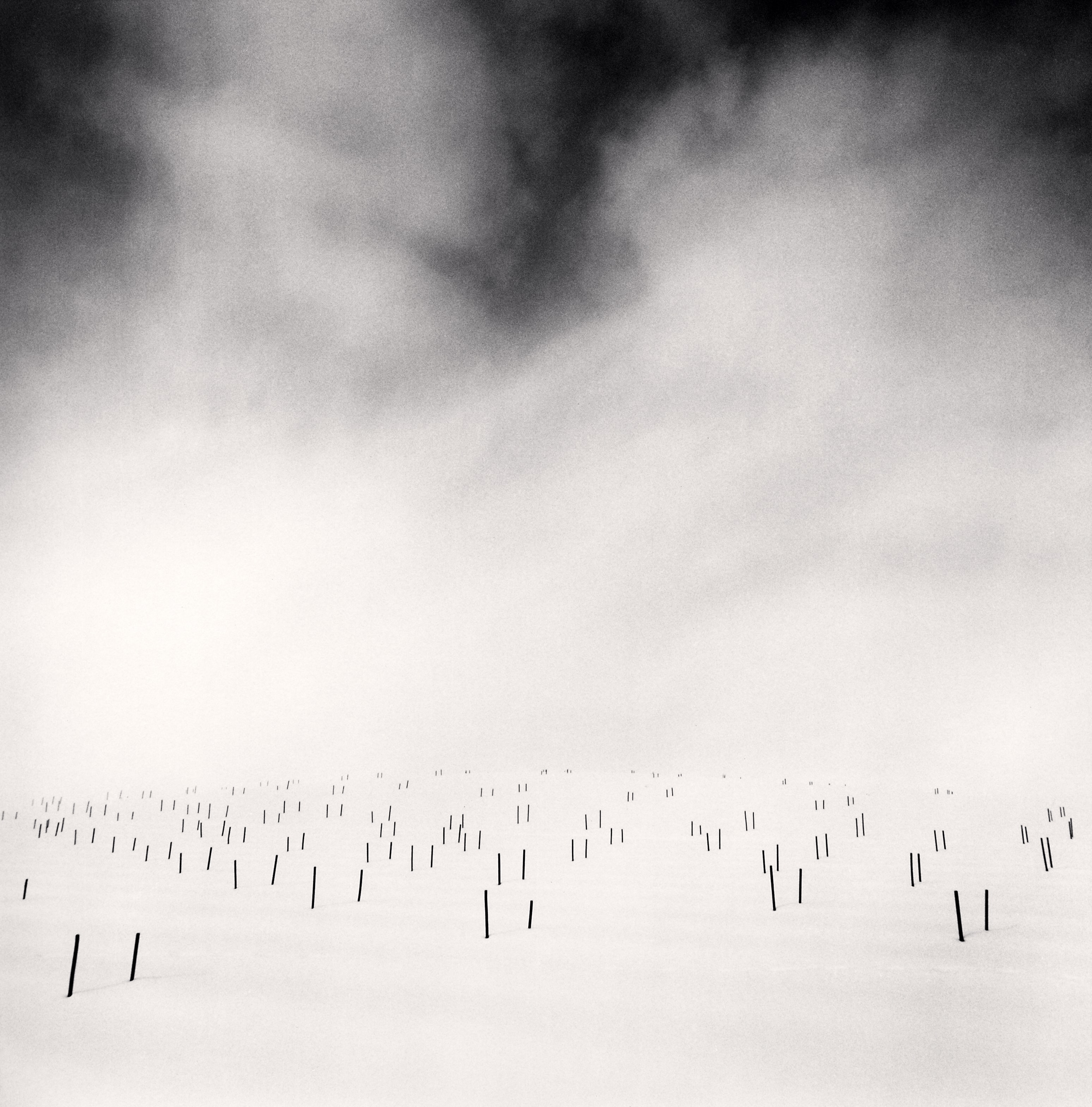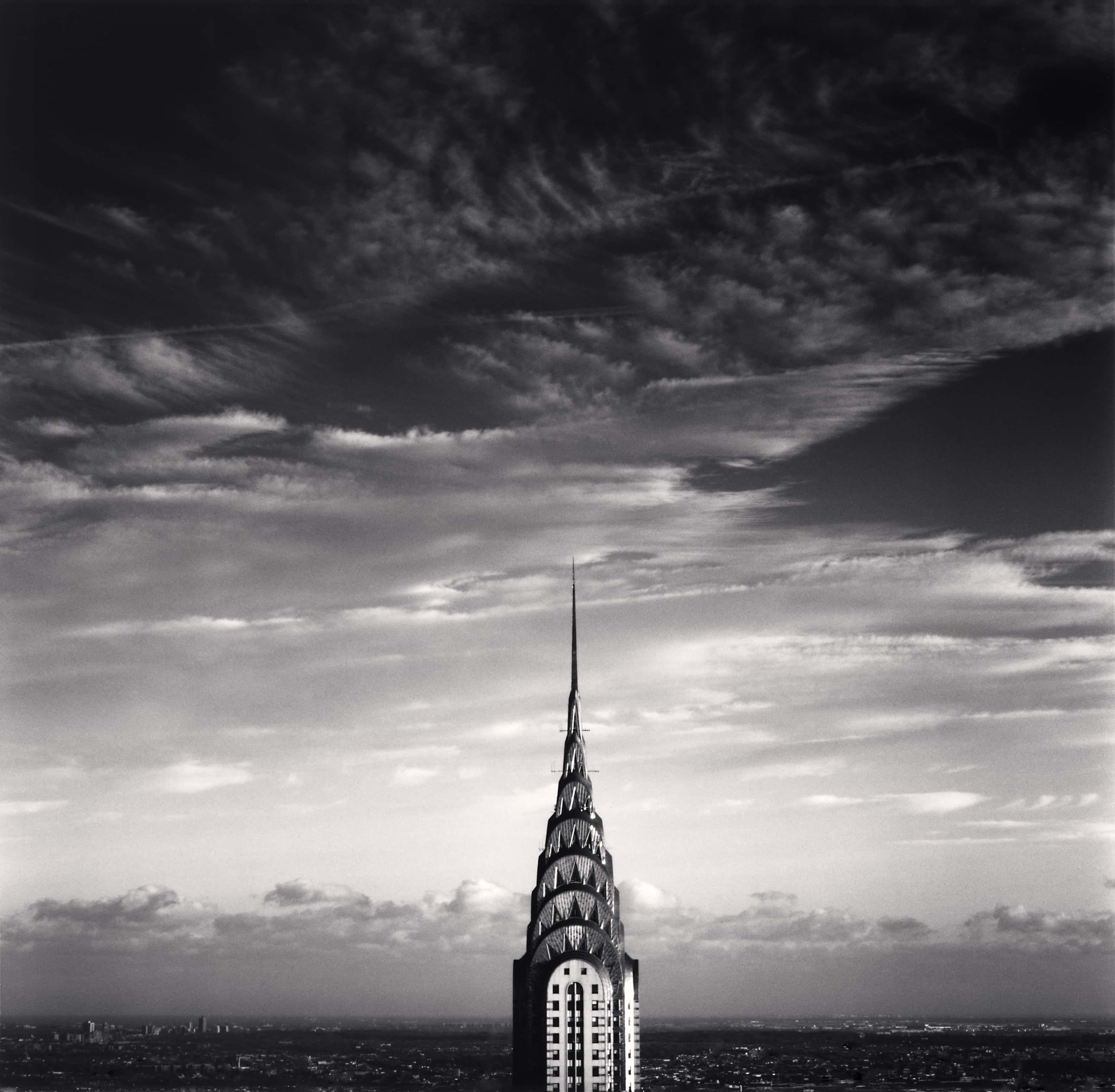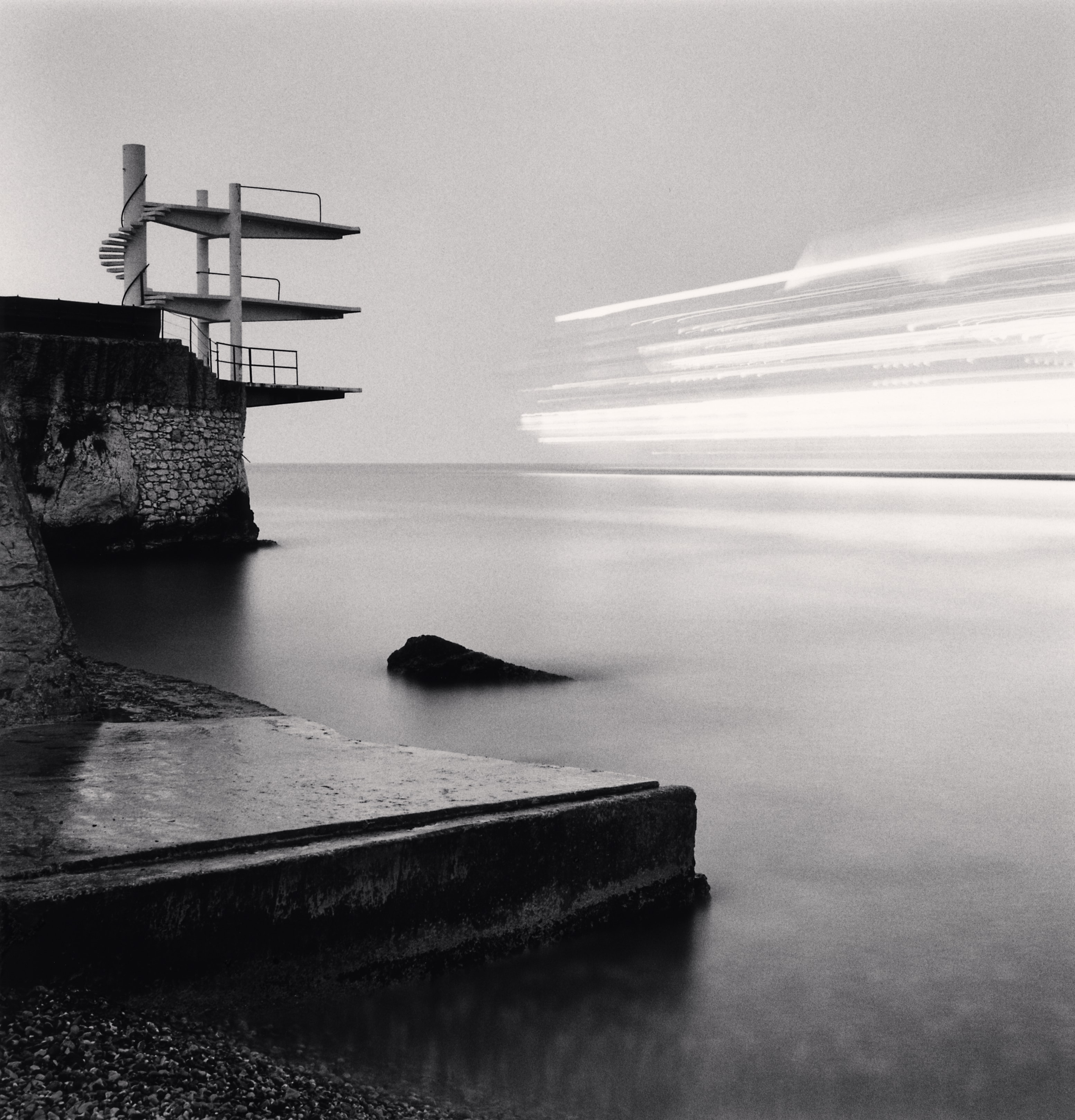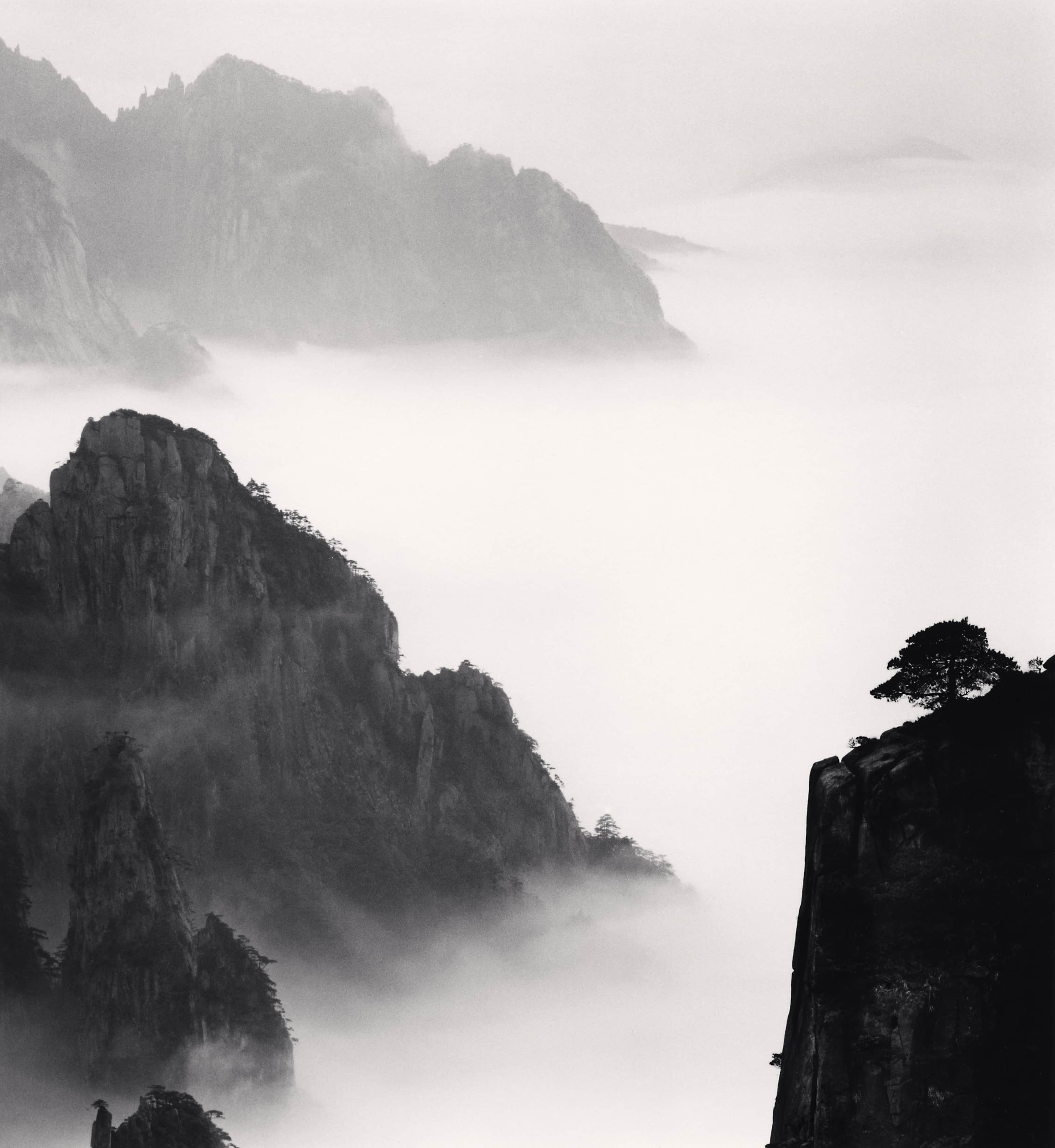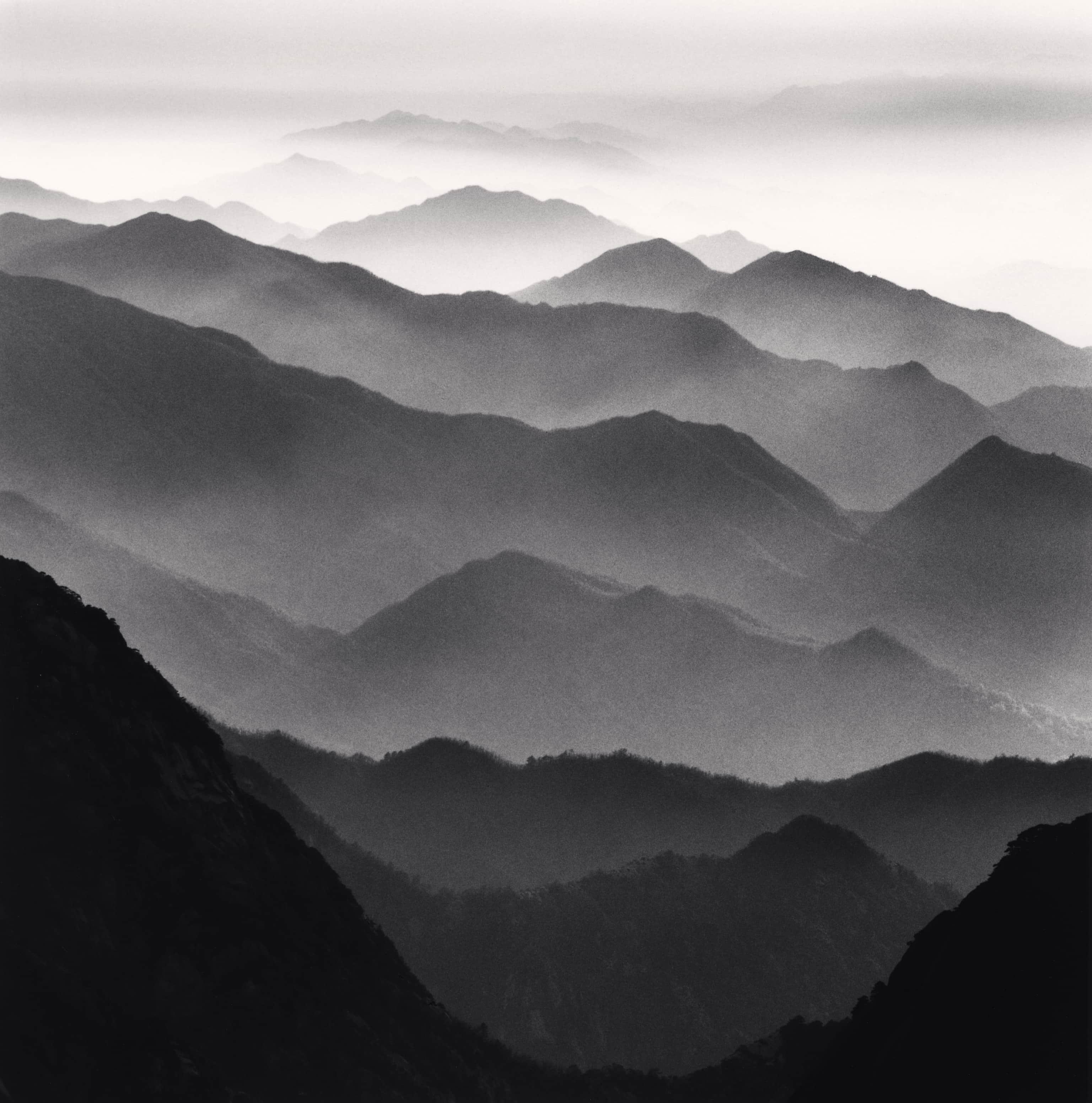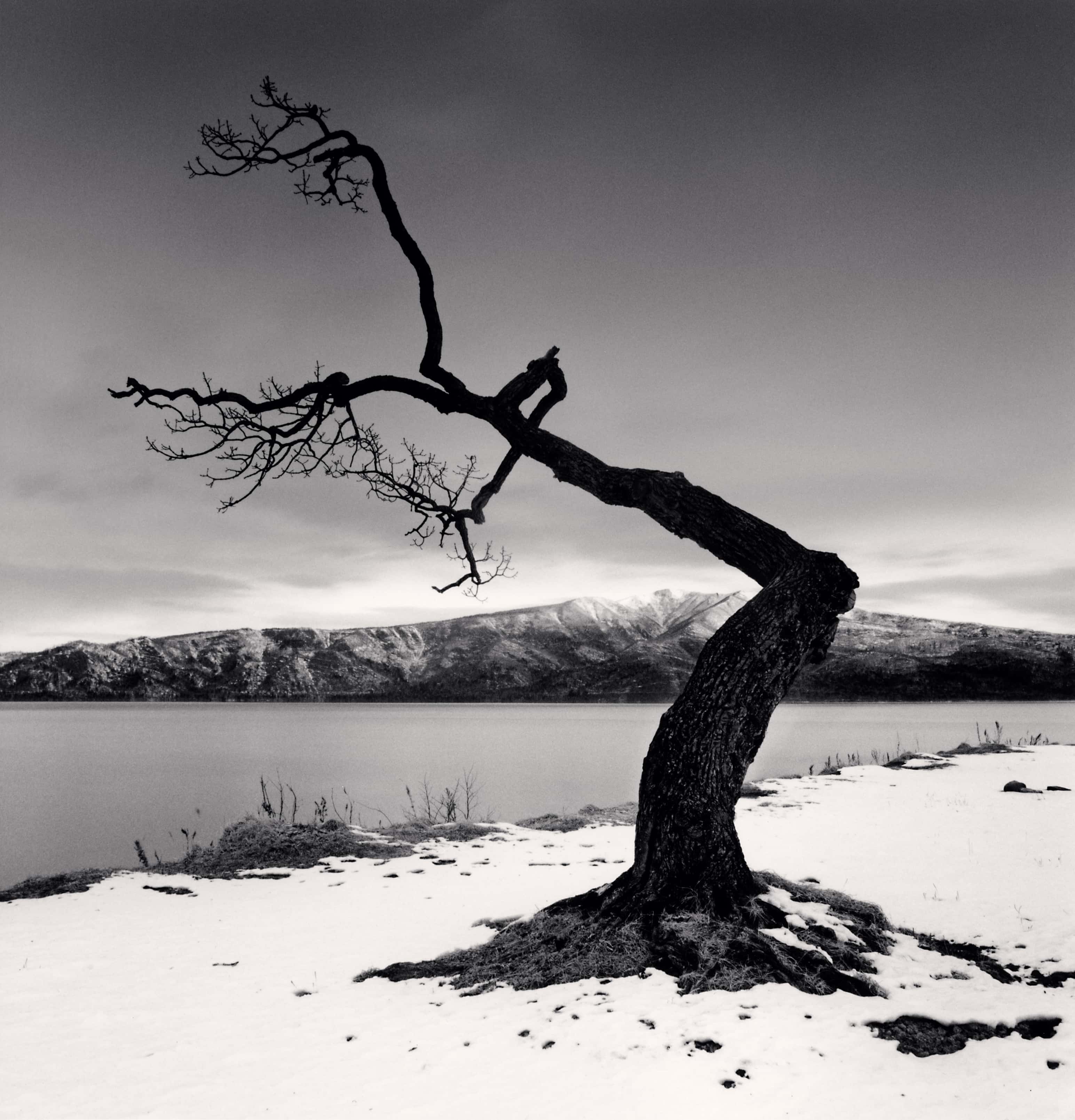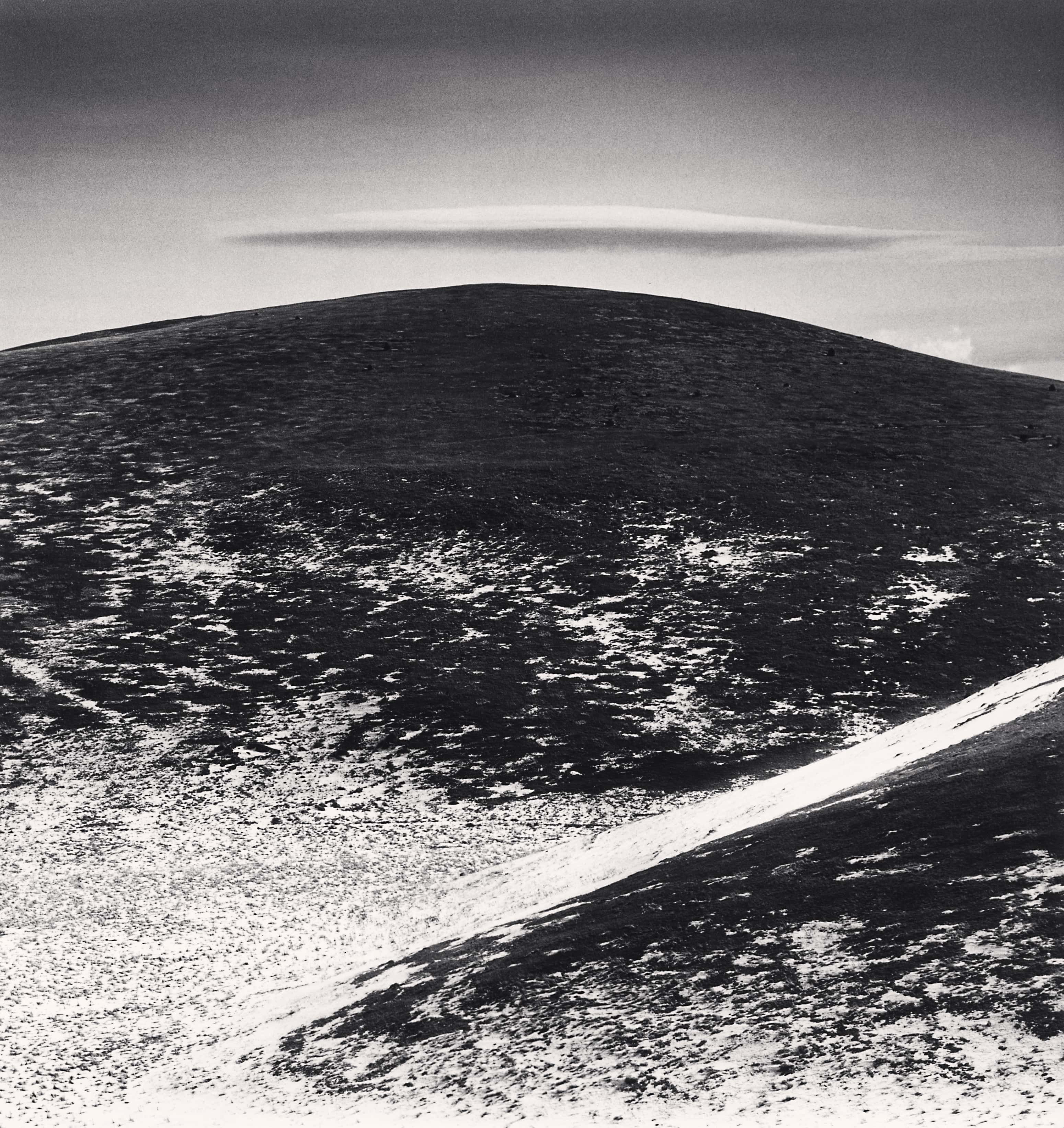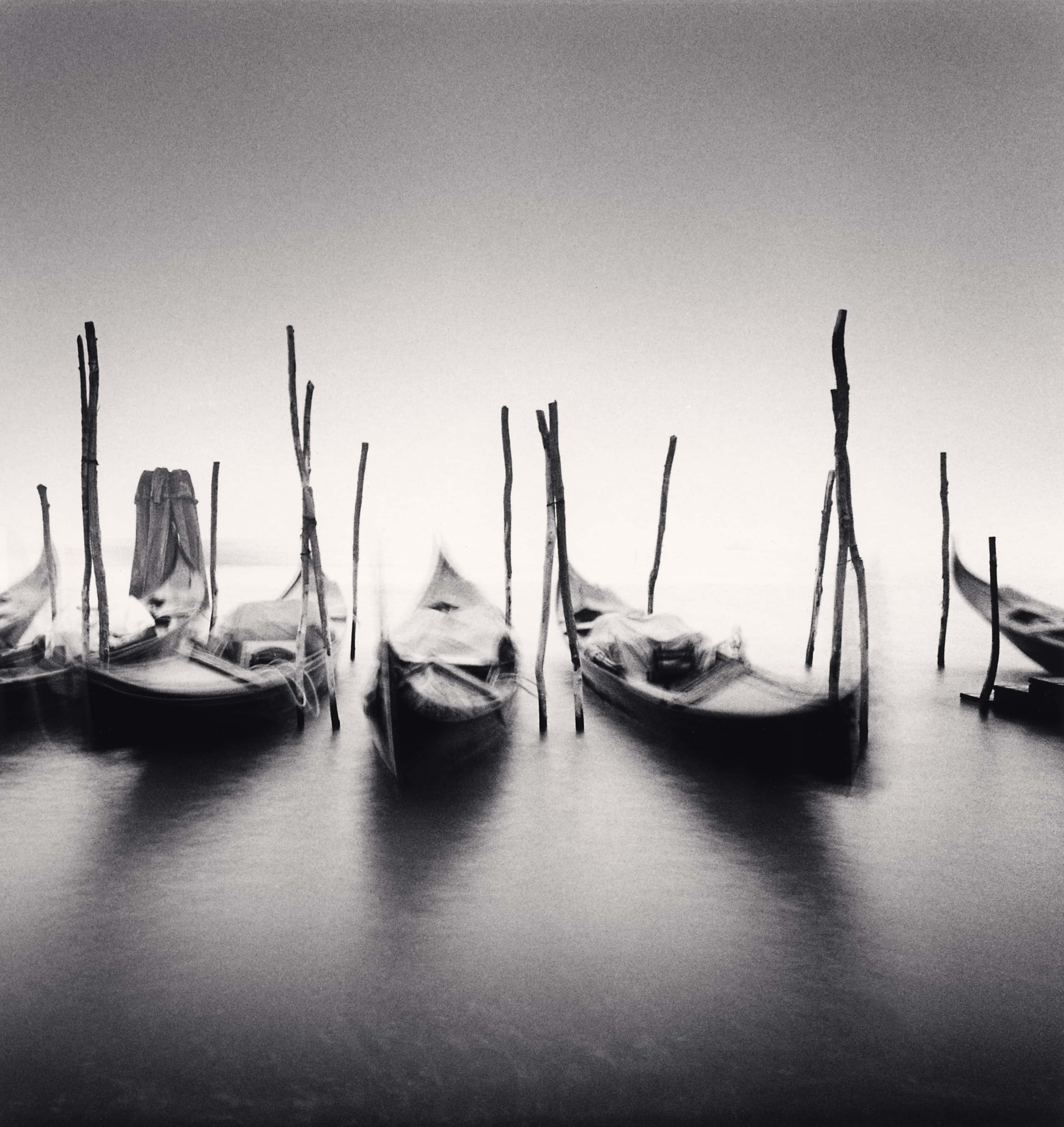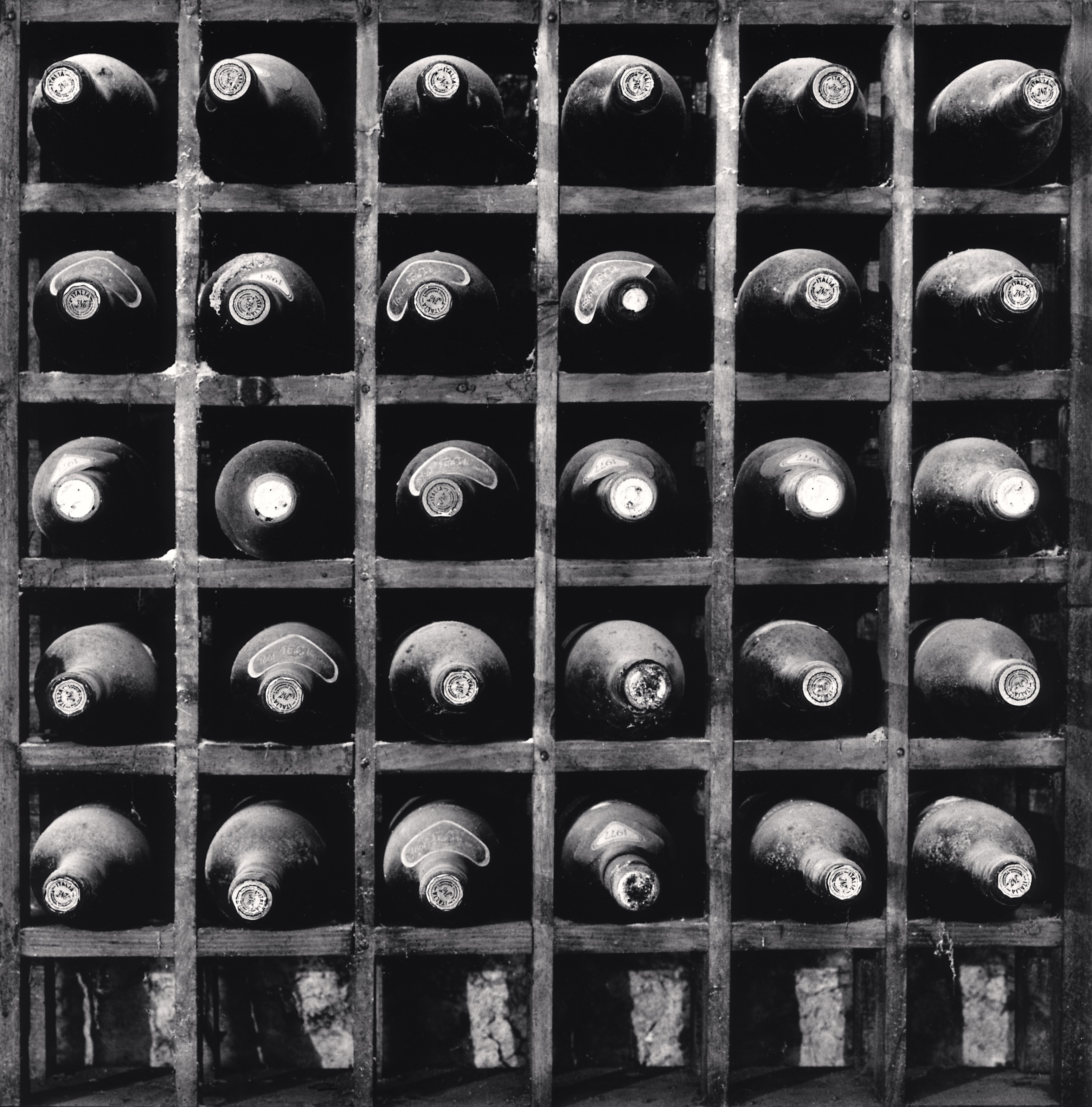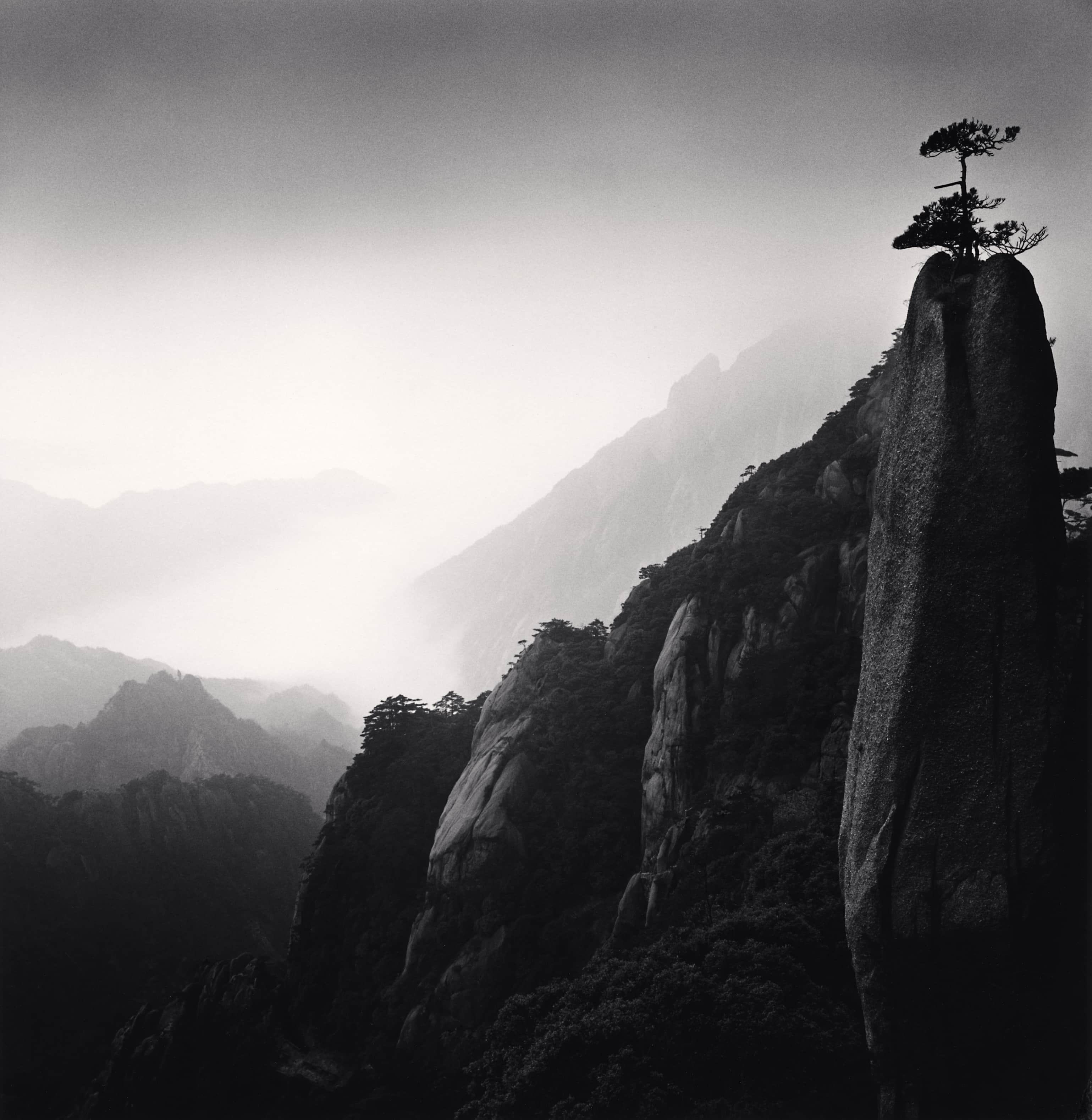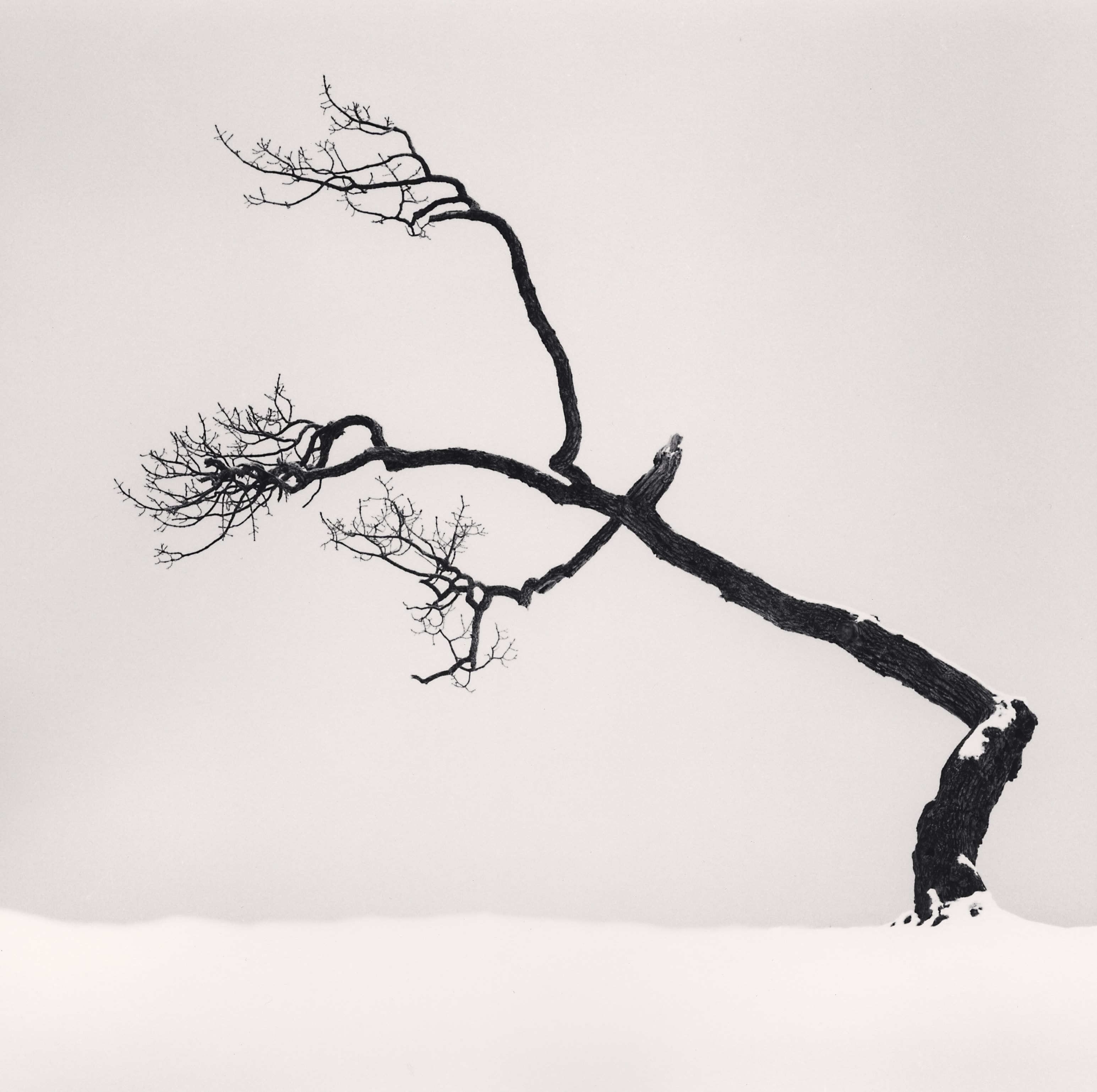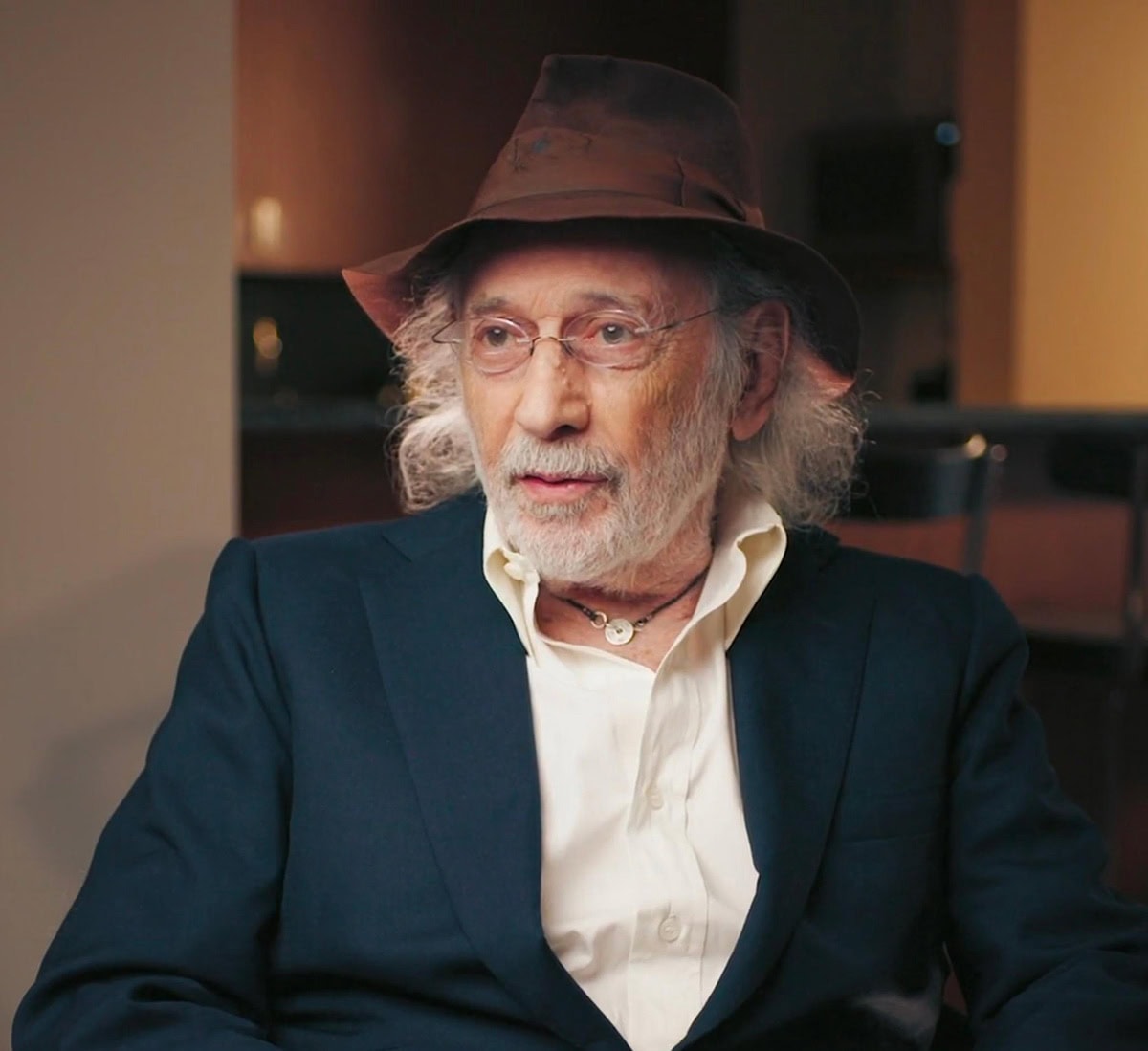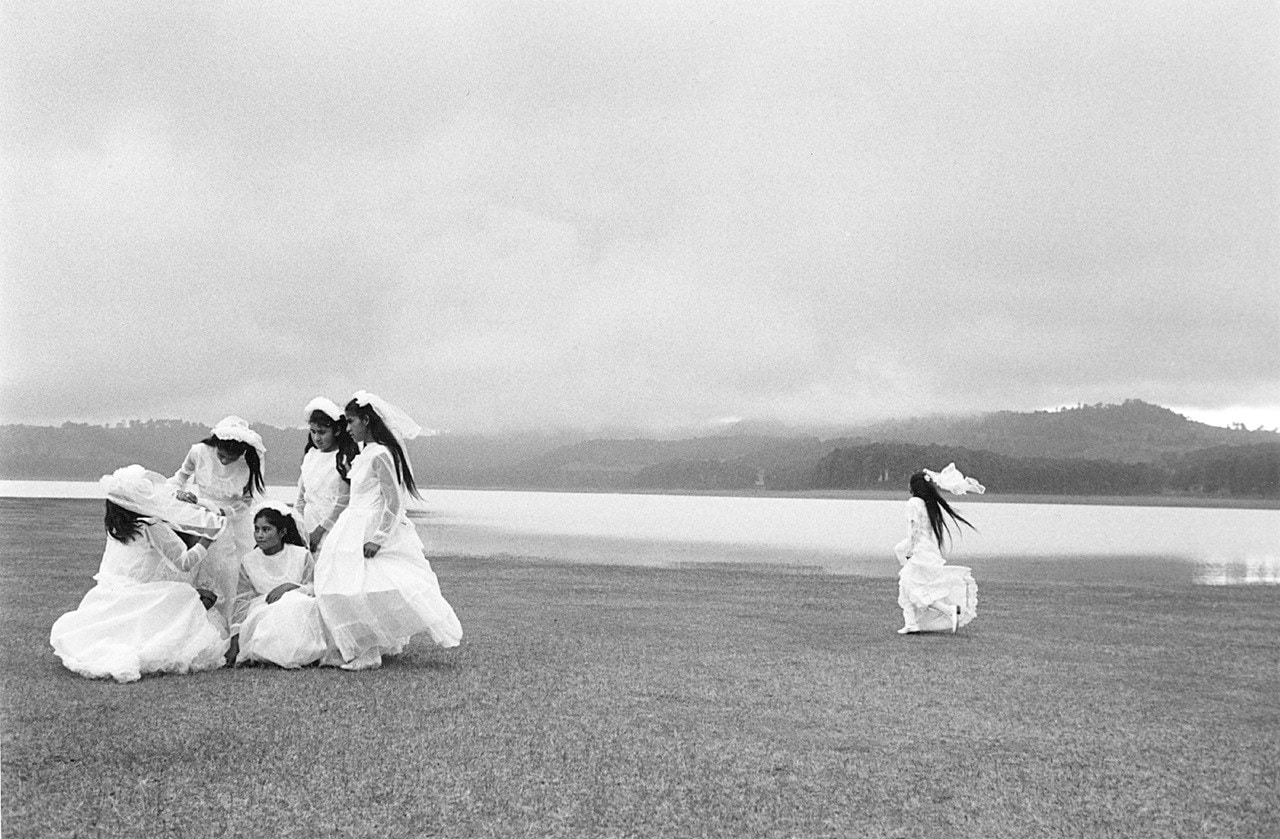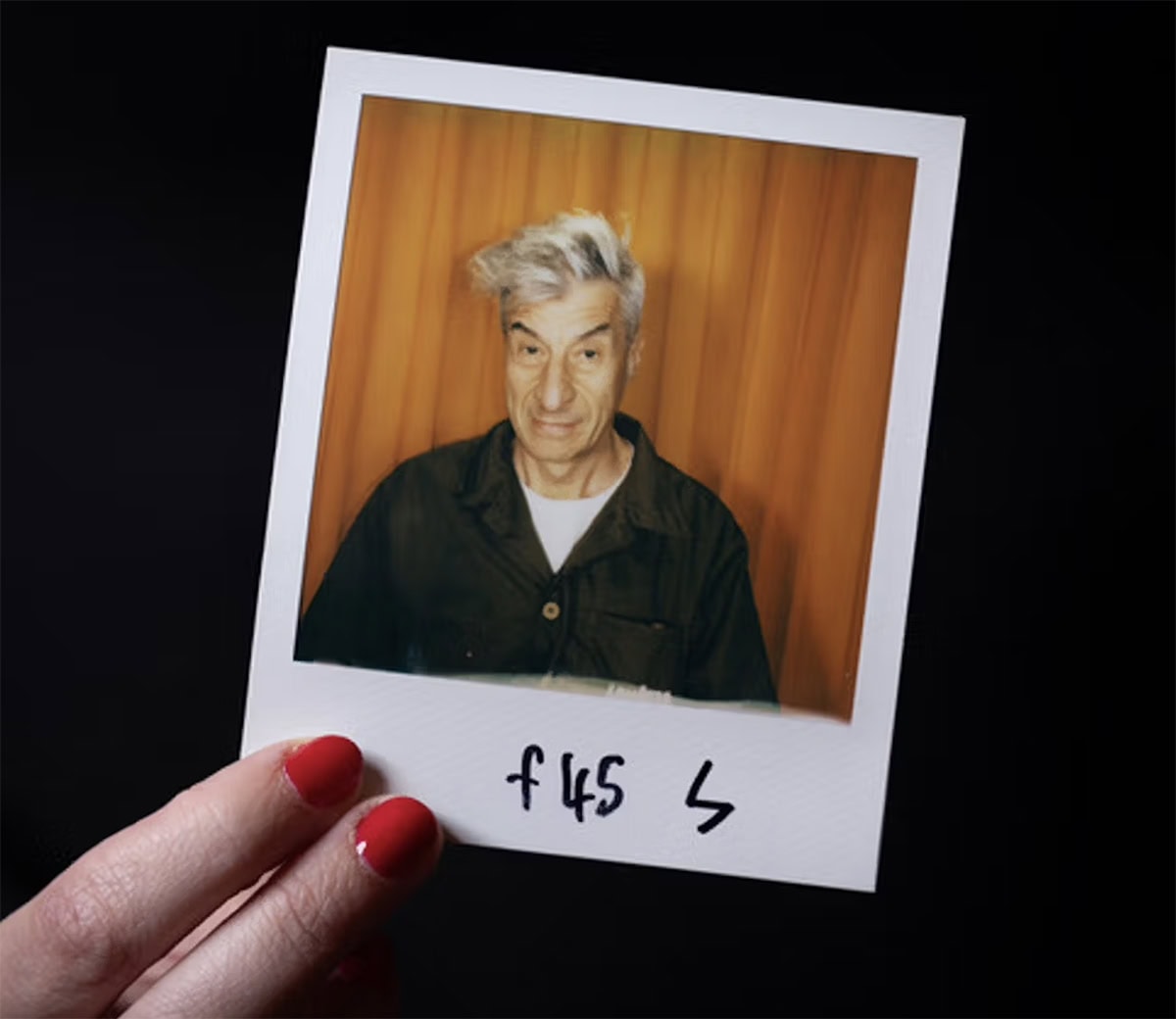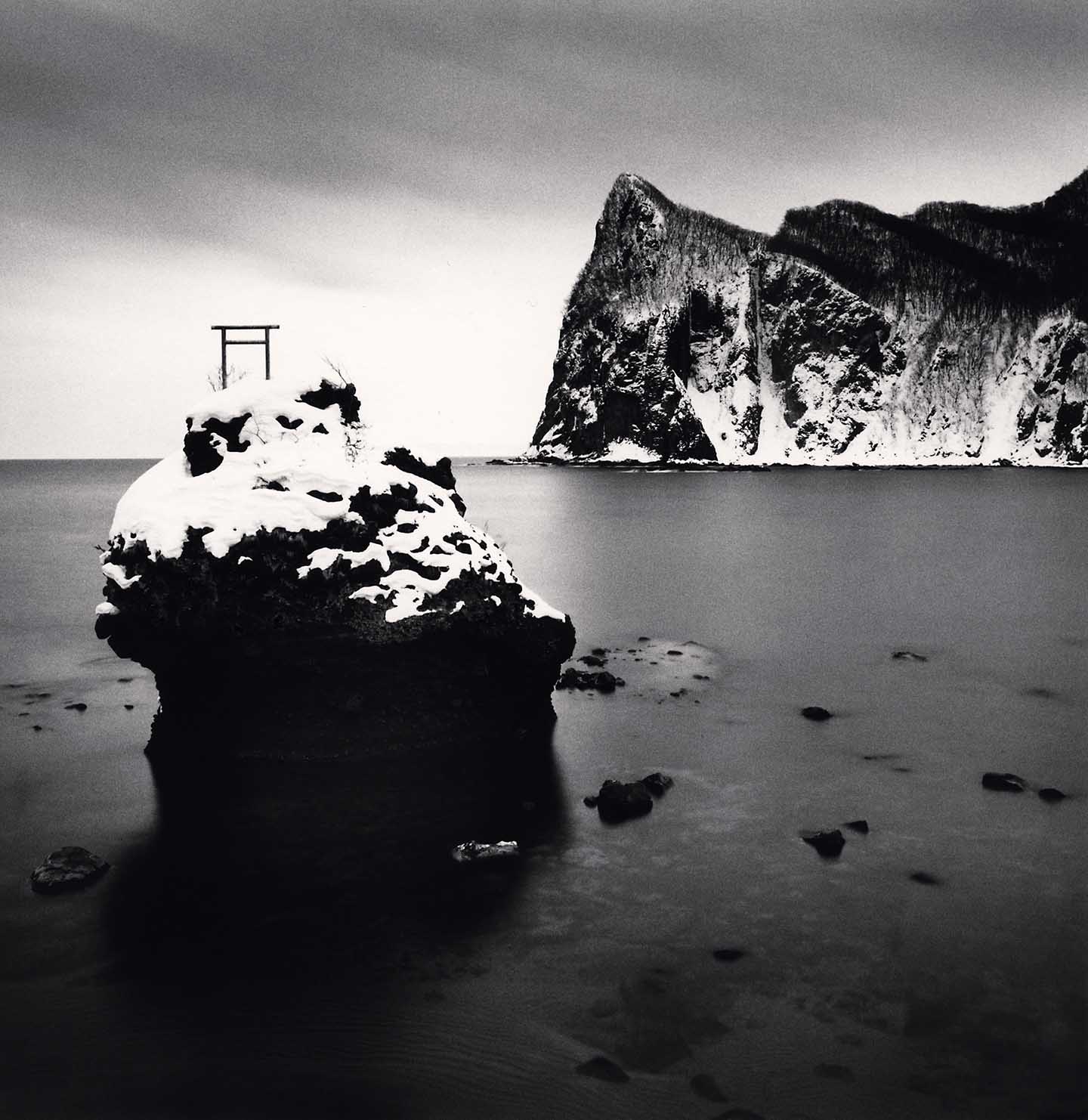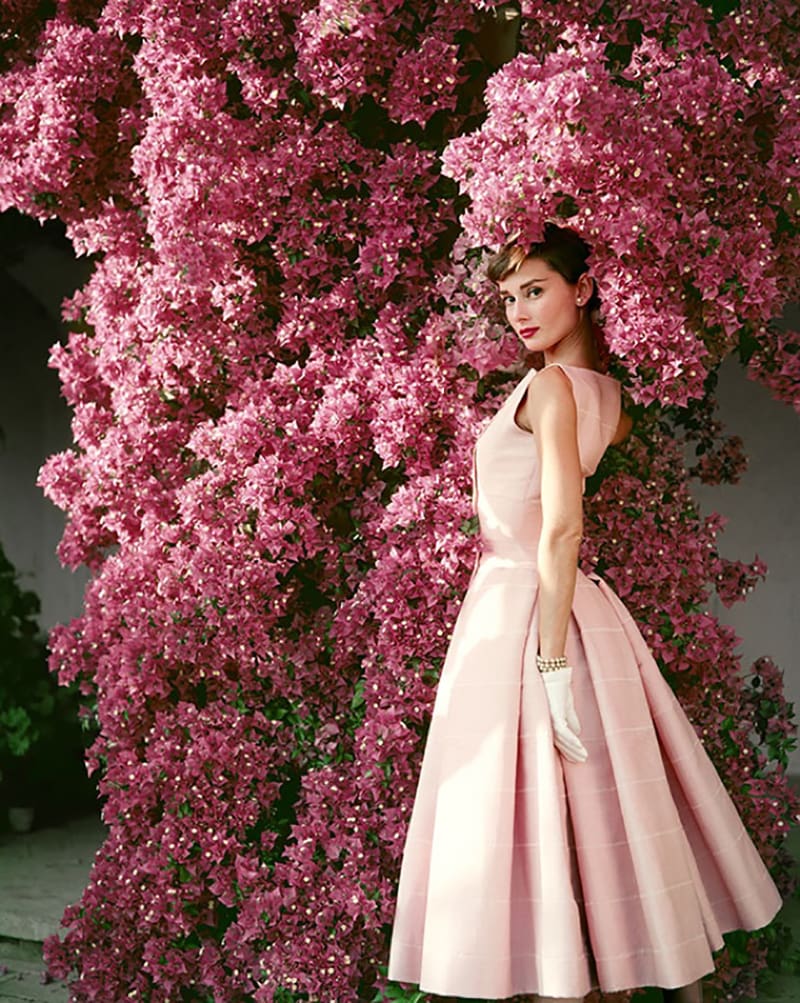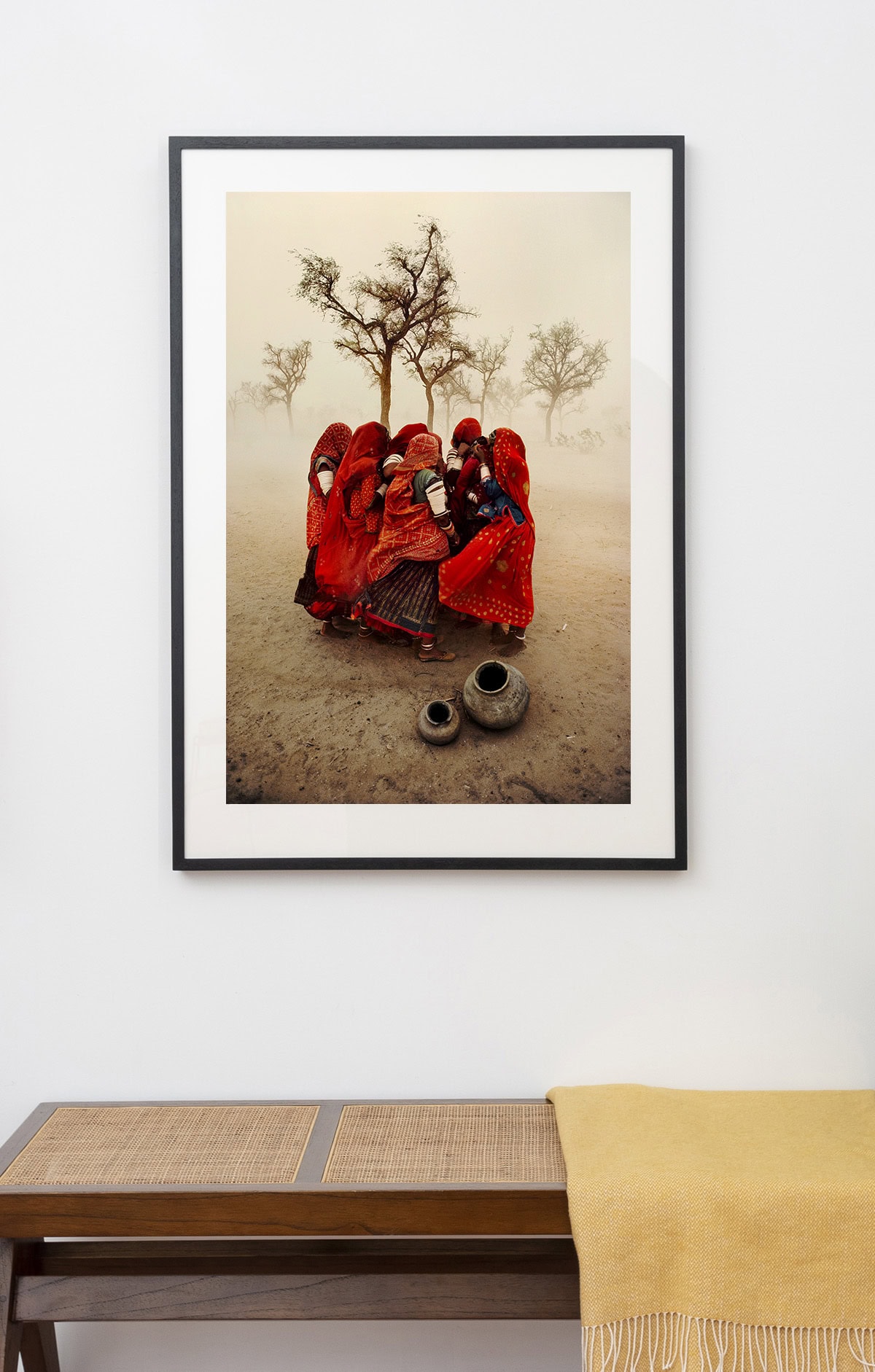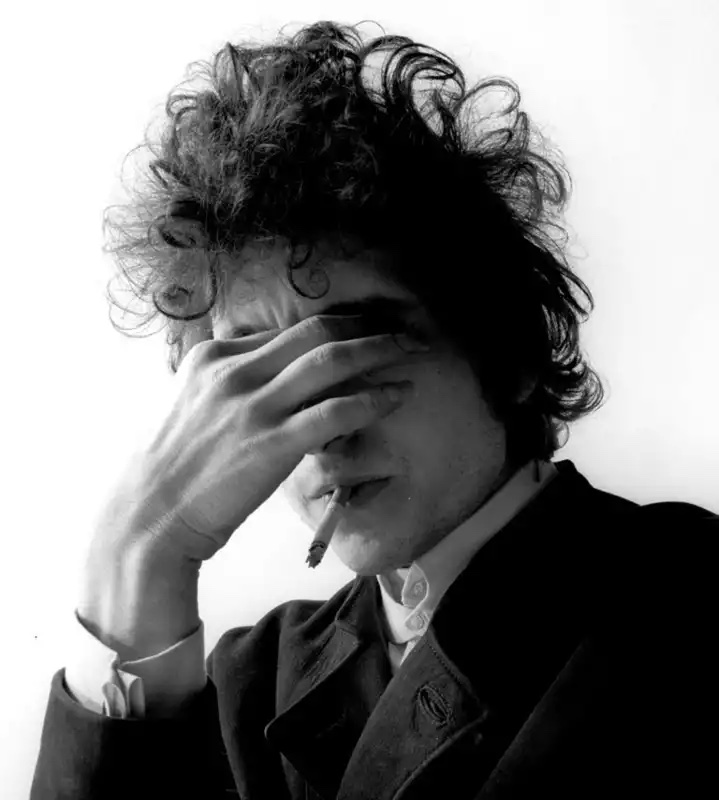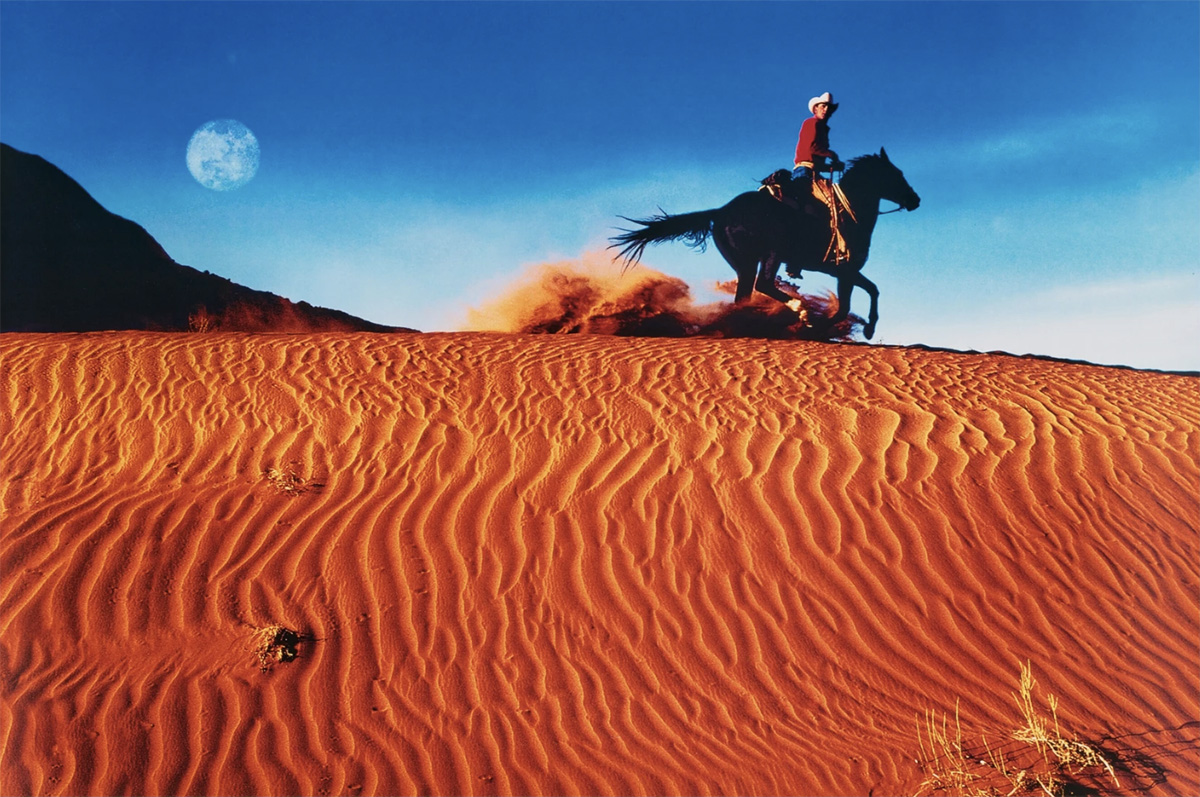Visual Haikus: Michael Kenna and the Japanese Landscape
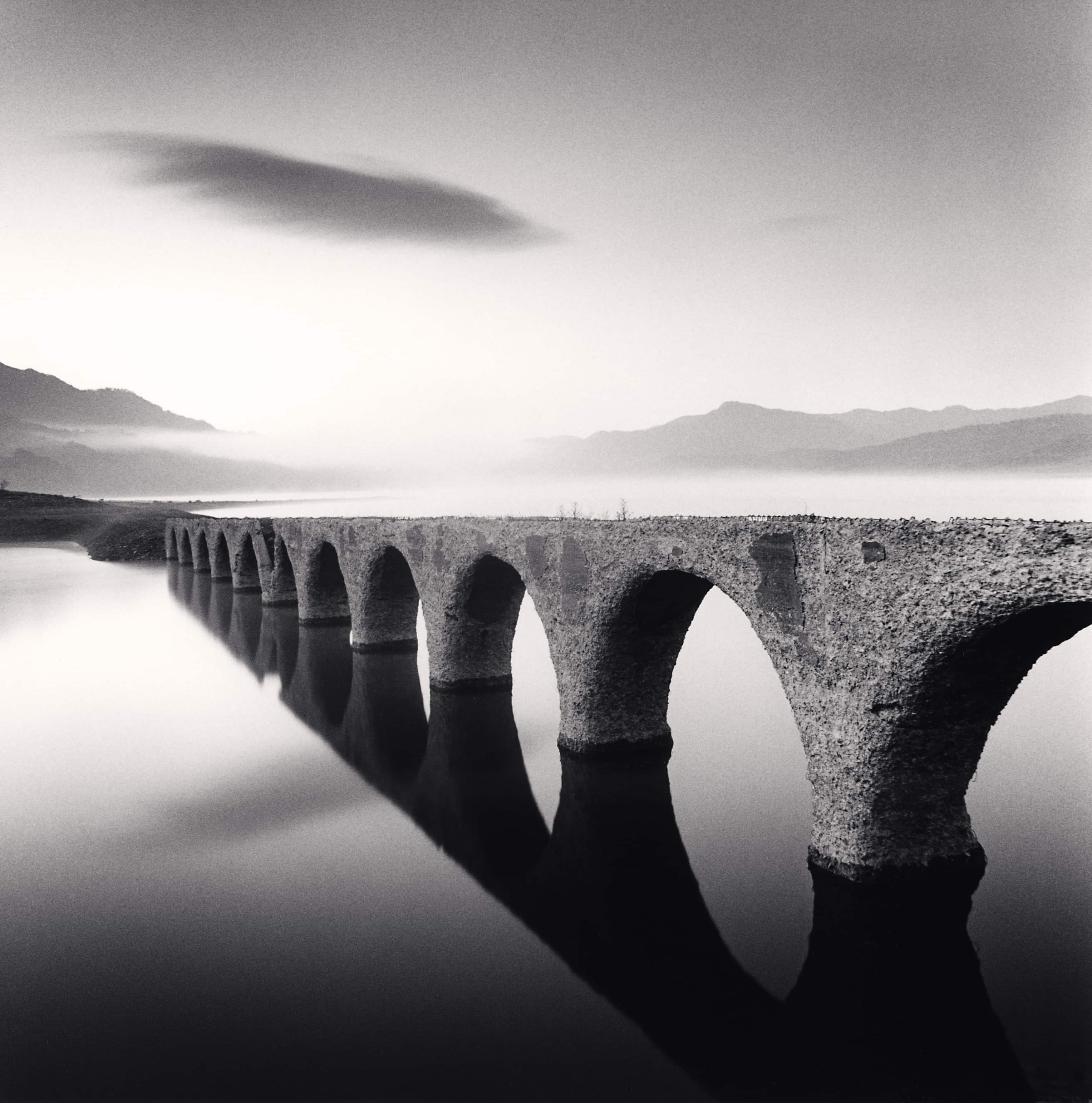
09th February 2021
For over three decades, Michael Kenna has repeatedly visited Japan and its surrounding islands, captivated both by its philosophy and landscape. With an unparalleled simplicity and purity, Kenna has frequently captured the snow-covered island Hokkaido, presenting its starkness of nature and impassive horizons with artistic flair and emotional substance.
Within his practice, Kenna approaches photography with a patience and delicacy often disregarded in today’s digital world. Favouring analog production, Kenna uses black and white film and manually operated cameras, painstakingly developing his photographs in his own darkroom. When shooting, he utilises drawn-out exposure times, sometimes reaching 10 hours in length. With the hope of uncovering secretive, well-hidden aspects of the landscapes he inhabits, Kenna prefers to shoot during dawn and nightfall. He admits that it is not always possible to notice photographic opportunities during the day, stating that using long exposure allows him to capture ‘what the human eye is incapable of seeing’.
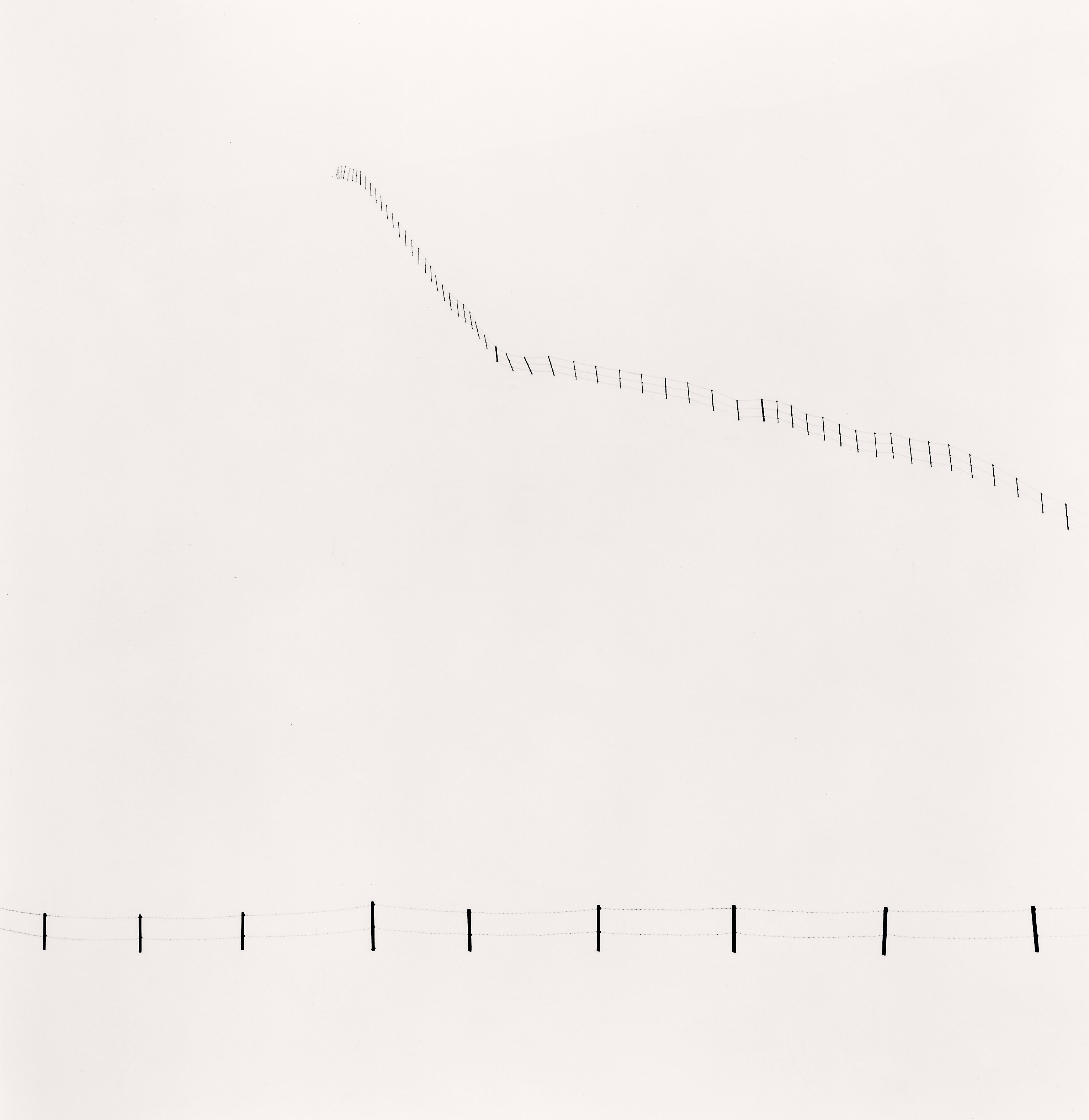
When describing his solitary landscapes, Kenna refers to his photographs as ‘visual haiku poems, rather than full length novels’. Originating in 19th century Japan, traditional haikus consist of three phrases in a 5/7/5 pattern, printed in a single line, often including a seasonal reference. Indeed, Kenna’s photographs reflect this model. Hillside Fence, Study 5, for example, depicts an expanse of powdery snow blanketing a hillside in Hokkaido, Japan. The peaceful composition is interrupted by a snaking line of dark black fence poles, dropping out of view at the top of the horizon. Like Kenna’s many other Japan photographs, there is no hint of human interaction within the image. Only the fence, sagging slightly under the weight of heavy winds and lack of upkeep, suggests a possible instance of human interference. Meticulously composed, Kenna tames nature’s disorder into a graceful allusion, almost to the point of abstraction. Surely, Kenna’s creation of a single black line striking through a white background would not look out of place within Barnett Newman’s studio. The seemingly endless fence reflects the haiku in its written form, encapsulating the hauntingly enigmatic Japanese landscape in one single, sweeping line. Just as a haiku, Hillside Fence, Study 5 acts as an interpretation of the Japanese landscape. Pared down, yet suggestive of a larger concept.
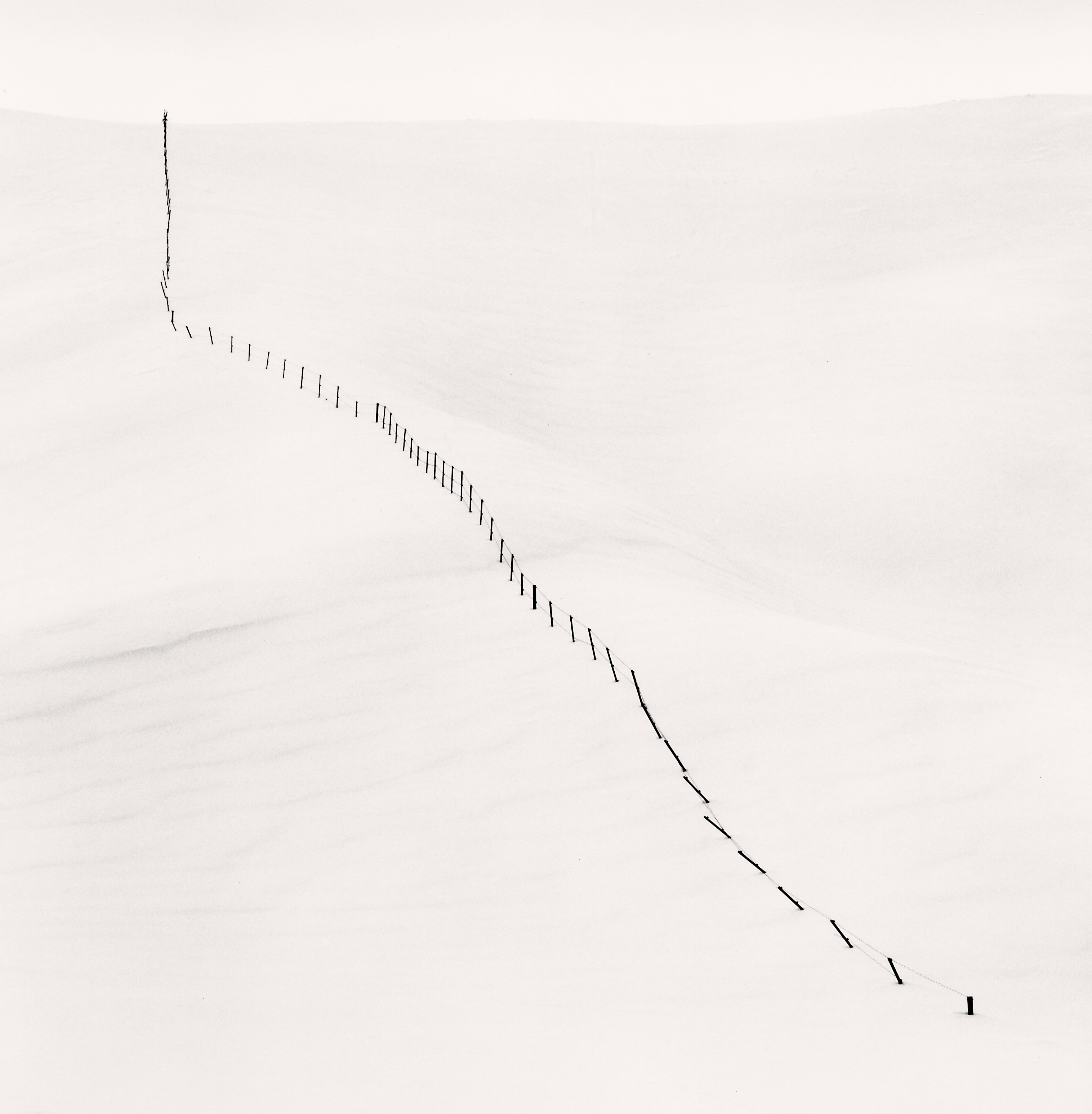
Kenna approaches his photographic subject with a calculated reserve. Respectful of the landscapes he frequents, Kenna makes sure not to ‘steal an image’, but rather to ‘acknowledge that a photograph is being made’. Viewing the landscape as his creative partner, Kenna converses with his subject matter, opening his photographs up to interpretation. Sixty Trees, also captured in Hokkaido, depicts a scene that is measured, unobtrusive, and serene. A mass of skeletal trees concentrate in the central third of the composition, surrounded by a ghostly stillness. Indeed, the photograph exudes a deliberate calmness, peaceful within the seemingly deserted outdoors.
By revisiting the same location multiple times, Kenna skillfully resurrects a notion known as atmospheric memory. This idea refers to the sensation of standing in a place that evokes the past. Certainly, Hillside Fence, Study 3 portrays a familiar landscape. Taken two years before he captured Hillside Fence, Study 5, Kenna presents the same interminable fence encircling a snow-covered composition. Both scintillating with an ethereal light, Kenna invites the viewer to compare the two images. Alongside the artist, the viewer is able to consider what, if anything, has changed within the stoic landscape. With expert sensitivity, Kenna touches upon the passing of time. Entrenched in memory, his simplistic photographs become a haiku inspired by Japan’s archipelago.
FeaturedMichael Kenna

FeaturedMichael Kenna
The ArtistMichael Kenna is one of the most acclaimed landscape photographers of his generation. His photographs have been the subject of some 50 monographs and are held in the collections of over 100 museums worldwide. He is represented in the United Kingdom by Huxley-Parlour Gallery.
